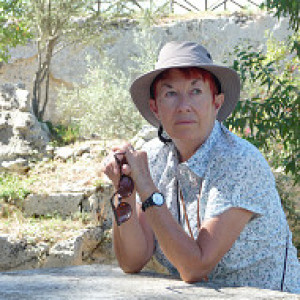Moine Mhor
This is the seaward end of the Moine Mhor, taken from the towpath of the Crinan Canal which runs from Ardrishaig on Loch Fyne to the sea on the west coast.
In Gaelic, Moine Mhor (roughly pronounced 'moyn-ya vore') means 'the Great Bog', and that name perfectly sums up this dramatic reserve in Argyll. It's a relatively undamaged example of a lowland raised bog - a dome-shaped mound of peat, formed as a result of impeded drainage. It developed in what was once the sea-filled estuary of the River Add , and that makes it particularly special as an 'estuarine raised bog'. Further inland, the bog grades into different habitats, including some fine oak woodland , which add to the importance of the reserve.
The adjoining area, around Kilmartin, is full of relicts from times past, making this area one of the most important historical sites in mainland Scotland. The bog was just beginning to form as the first humans arrived here between 4,000 to 5,000 years ago. By the time it expanded massively 3,000 years ago, people were well established in the area, so Moine Mhor is full of history and has played a key role in the story of Kilmartin Glen ever since.
Such an unspoilt area of wild wetland habitat is full of life. Mosses abound, and 242 species of lichens have been recorded. The bog surface is home to many flowering plants, including the insect-catching sundew, colourful heath spotted-orchids and scarce species such as small cranberry. It's a stronghold of the marsh fritillary butterfly, which is now confined in Scotland mainly to the mainland and islands of Argyll, as well as the large heath butterfly and 11 species of dragonfly. Curlews feed and breed on the bog, and one or two pairs of hen harriers nest here occasionally - as well as much, much more.
Today we walked the length of the Crinan Canal, from Cairnbaan in the east to Crinan on the west coast and back again. It's a wonderful walk, and a good bit of it overlooks Moine Mhor.

Comments
Sign in or get an account to comment.


